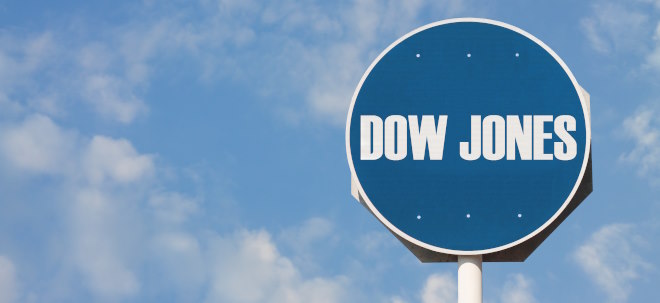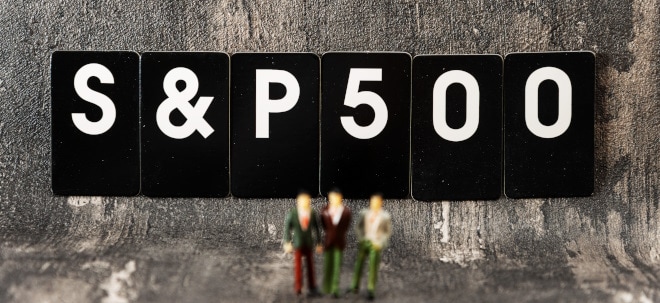Das US-Magazin "Fortune" war bereits Mitte Mai bullisch bzgl. Pfizer - bei 27 bis 28 USD - (fuzzi übrigens auch, wg. Charttechnik). Bei jetzigen Kurs sieht Fortune wegen der guten Fundamentaldaten noch größeres Potenzial (siehe unten, fett).
Solche Tipps finde ich hilfreicher als manche von "TheStreet.com", bei denen die Kommentatoren bärisch werden, NACHDEM Aktien gefallen sind. Das mag bei Pleite-Klitschen angebracht sein, um Verluste zu begrenzen, aber nicht bei Cash-Cows wie Pfizer.)
-------------
FORTUNE - Investing
Nov. 29, 2005
INVESTING
Our Best and Worst Calls of ’05
In a humdrum year for investors, we were right about Marvel but wrong about Google. Here’s the wrap-up.
By Matthew Boyle
Chances are most people will remember 2005 for its ferocious Gulf Coast storms. But for investors the weather has been much less tempestuous. Since January the S&P 500 has ebbed and flowed around the 1200 level, posting a total return of 4.1% through mid-November. That’s nowhere near the double-digit returns of the past two years, although it’s much better than the carnage visited upon stocks in 2002.
The market’s relative placidity made picking stocks a bit tougher this year, with less of a rising (or falling) tide to depend on. But that didn’t stop us from making bold calls on stocks large (Google, with a market value of $112.7 billion) and small (the Knot, at just $255 million). Here’s a recap of our top five hits and misses.
Our wisest move by far this year was the bullish call we made on online brokerage Ameritrade (AMTD, $23) in early March. At the time, we felt that investors had overreacted to the market’s sluggish January. As more investors migrated to the web, Ameritrade’s prospects were sure to rise. And how. The stock has doubled since we recommended it and just hit a new 52-week high, bolstered by robust trading volumes, low operating costs, and the June announcement that Ameritrade would acquire TD Waterhouse USA.
Gamestop (GME, $36), the retail mecca for PlayStation addicts, was spun out by former parent Barnes & Noble in November 2004. Impressed by the company’s pristine balance sheet and profit potential, we scored—the stock is up 70% since our early-March nod, and the launch of Microsoft’s Xbox 360 should keep holiday sales brisk.
Another company that could bring investors a merry little Christmas is Apple (AAPL, $61). Morgan Stanley analyst Rebecca Runkle anticipates a strong holiday season, thanks to sales of the iPod Nano, and Bear Stearns’ Andrew Neff projects overall iPod sales volume to nearly double this year. Both analysts are bullish on the house that Jobs built, as we were we back in late March, when the stock traded at $42, anticipating a lift from “the increasingly potent X factor of consumer spending on technology.” In this case, X really did mark the spot.
iPods aren’t just stocking stuffers, however—they also make nice wedding gifts. And no one knows it better than the nuptial gurus at the Knot (KNOT, $11), the online wedding site we proposed to you back in August. Those of you who said “I do” have a sparkling 41% return to show for it. The honeymoon may be over soon, though—JMP Securities’ Bill Morrison, one of the few analysts tracking the stock, has downgraded it from strong buy to market perform.
The best of our bearish calls was on Marvel (MVL, $14). We didn’t think the company’s plan to produce its own superhero flicks—rather than just license its characters to the studios—would fly with investors, so in late June we said, “Sell.” When Marvel’s earnings took a dive in the third quarter, we came off looking like, well, heroes.
One can go from hero to goat in a flash—just ask American League MVP (and playoff no-show) Alex Rodriguez of the Yankees. Likewise, we made a few errors along the way this year, starting with luxury homebuilder Toll Brothers (TOL, $34), which we cited in August. On Nov. 8, Toll cut its sales forecast for fiscal 2006, citing delayed openings for new developments and weakened demand in several markets, and its shares are off nearly 30% since we made our recommendation.
Toll’s troubles are fairly recent, but pharmaceutical giant Pfizer (PFE, $22) has been battered for quite some time. Investors have fretted over the patent protection and sluggish sales of blockbusters like cholesterol fighter Lipitor. We thought the maker of Viagra would see a lift in mid-May, but apparently investors were not done punishing the stock, which has fallen 21% since then. However, at this point we think Pfizer, with a strong balance sheet and a 3.6% yield, might well be a good value (see “What Ails Health Stocks?” on fortune.com).
Any company fueling the digital media craze is worth buying, right? That’s what we thought about fast-growing software firm Sonic Solutions (SNIC, $15). When we tapped the stock in early September, we acknowledged the Street’s skepticism over Sonic’s ability to meet earnings goals for the year, but we viewed the concerns as overblown. It turns out they weren’t, and in early November, Sonic slashed its earnings projections for the next two quarters. The stock has fallen 25%.
Staying in the tech realm, we were bullish on Internet search and mobile content provider InfoSpace (INSP, $27), arguing that its strong relationships with wireless carriers would translate into a fair chunk of the booming mobile-data business. And its valuation at the time—compared with, say, Google (GOOG, $397)—made it a bargain. Which explains why we told you to buy Infospace in early April and sell Google at $293 two months later.
We were wrong on both counts. “Investors are expecting miracles out of [Google],” we said at the time. Well, Google has been walking on water ever since. After its stellar third quarter, some analysts have even put targets as high as $450 on the stock. If Google gets added to the S&P 500, as expected, it may well reach that lofty perch. Infospace, meanwhile, is down 36% since our recommendation, but value investors might take a flier now that it has been added to the S&P 600 Small Cap index. |


 Thread abonnieren
Thread abonnieren



